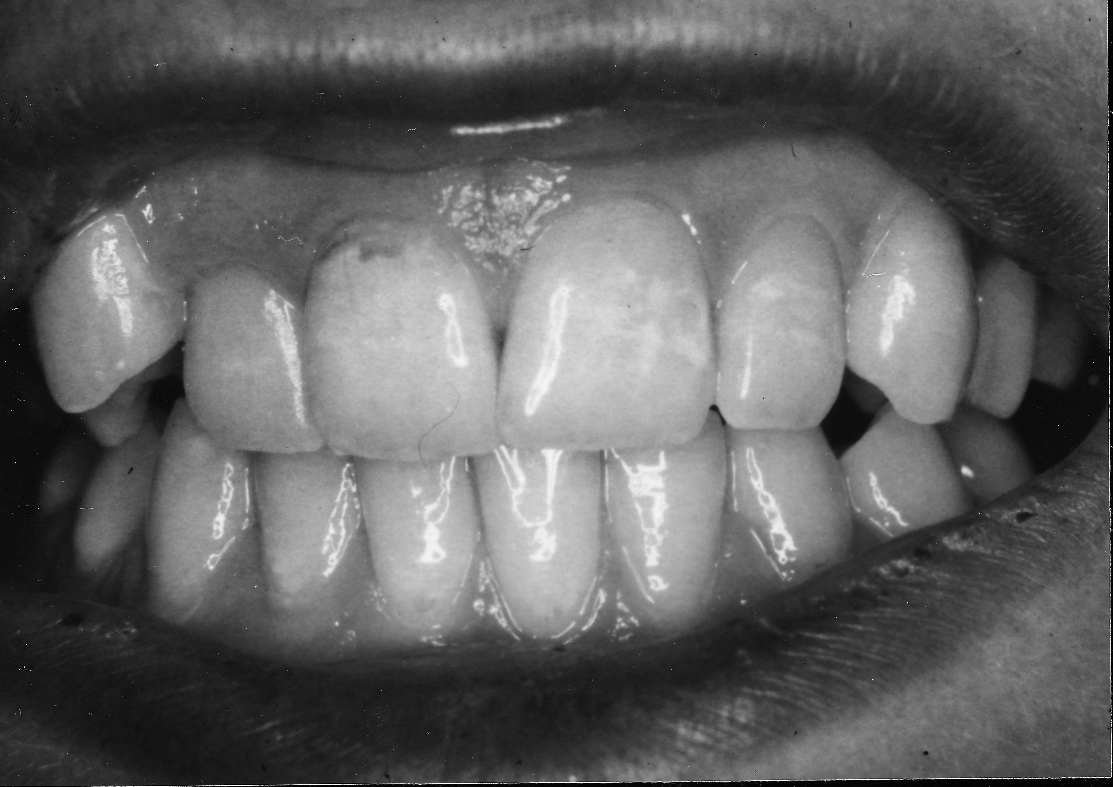Dental enamel defects in children suffering from dermatitis herpetiformis and in their first degree relatives.

Downloads
How to Cite
Abstract
In order to evaluate the presence of dental enamel defects, according to the method of Aine, 37 subjects with dermatitis herpetiformis (DH) and 106 first degree relatives underwent a dentistry visit and laboratory examination -antigliadin (AGA) and antiendomysium (EMA) antibodies-. The study showed that 12/37 (32.4%) patients with DH presented symmetrical enamel alterations. 10/4 7 (21.2%) parents presented enamel defects, but nobody of them had AGA and/or EMA. The only parent with AGA and EMA who received a diagnosis of celiac disease (CD), did not present enamel defects. Among the 8/38 (21.5%) siblings with enamel defects, only one proved to be celiac with AGA, EMA and positive enteric biopsy, whereas other two siblings diagnosed as celiac, did not present enamel defects. Therefore, the enamel defects showed in the first-degree relatives of patients with DH are not enough specific. According to the results of this study, the enamel defects cannot be used as a marker in a screening study of our normal population and of the first-degree relatives of patients with DH and CD. On the other hand, the enamel alteration should be considered an additional sign in the diagnosis of celiac disease and dermatitis herpetiformis.
